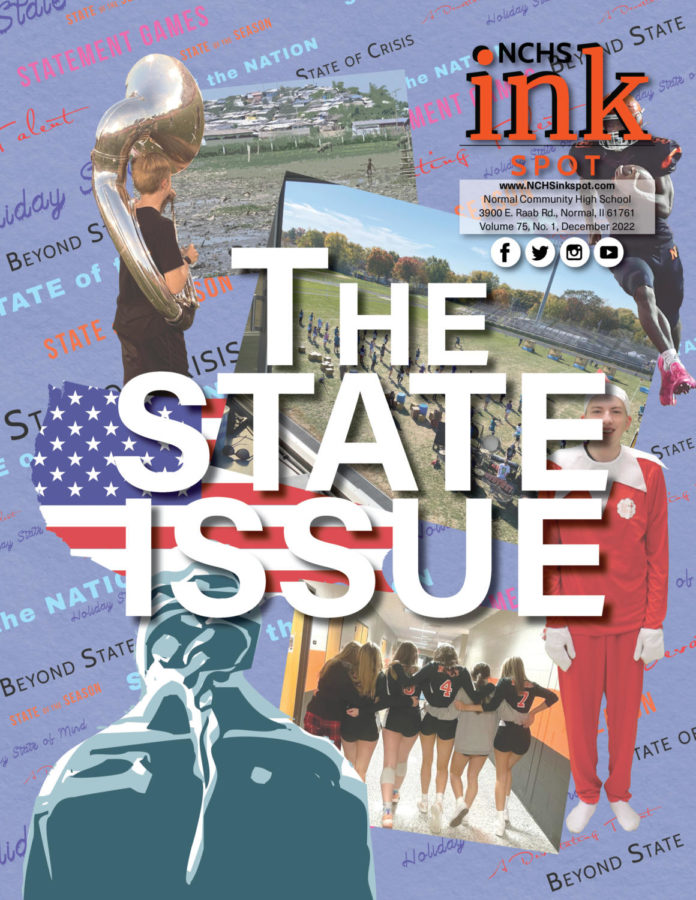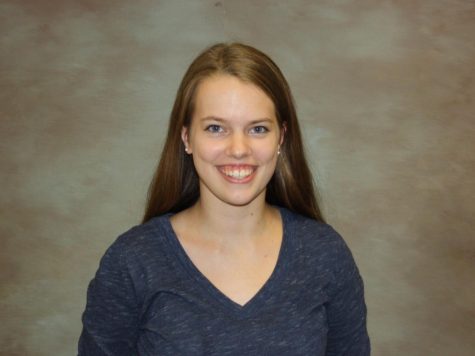49 minutes. 49 minutes to take attendance. Settle the class down. Collect homework. Pass out worksheets. Begin a group discussion. Separate the students into groups. Shuffle the desks around. Log in to the computers. Pack everything back up. All this in 49 minutes.
Cramming all of this-not to mention the teaching itself-into a 49-minute class period requires an infeasible amount of agility from both the teacher and the students. It is time for NCHS to consider the option of block scheduling. Students could benefit from more spending more time in classes. Core classes specifically, namely those in the science, social studies and English departments, need the extra time: more time for labs, more time for discussions, more time for in class projects. More time to truly delve into the material.
Former NCHS student Kelli Rinkenberger (11) moved recently to St. Louis and in the fall, began attending Lafayette High School, one of the many schools across the nation that follows a block schedule.
LHS uses a Copernican schedule, a model of block scheduling that offers longer class periods for core subjects while electives take place during shorter class periods. Rinkenberger, for example, takes AP Literature and AP Physics during her blocked periods. Classes such as choir and business take place during the classic 49 minute periods.
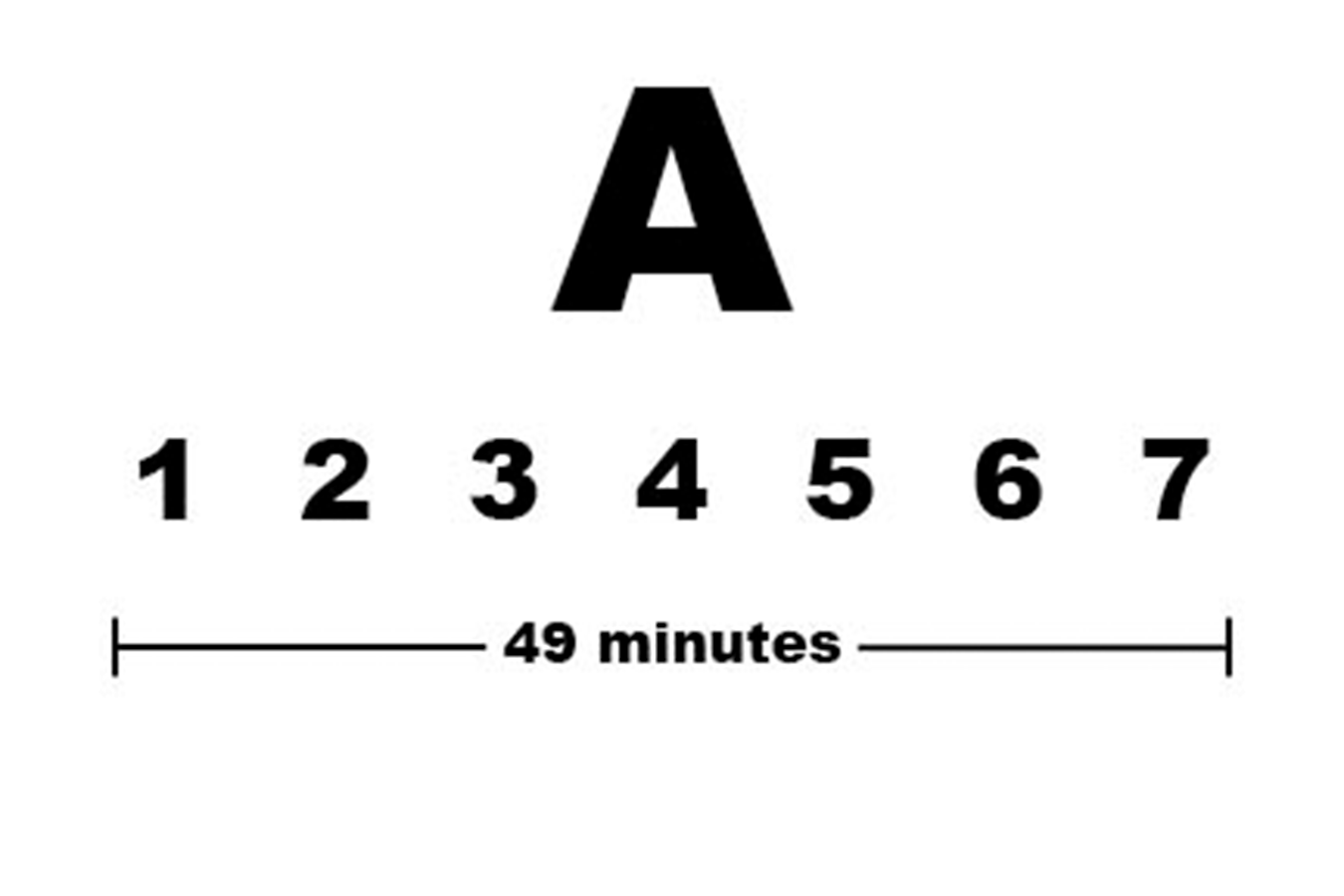
The Copernican model offers what NCHS needs.
Within a week, there are three “types” of days: an A, B and C day.
On A days, students attend each period for 49 minutes: a traditional school day.
On B days, students attend 1st, 2nd, 5th, 6th and 7th hour for 49 minutes each. Students also go to 3rd hour, but it lasts for 1 hour 14 minutes.
On C days, it mirrors B day, but instead of going to 3rd hour, students attend 4th hour for 1 hour 14 minutes.
Not all students may want a block schedule. Block scheduling should be an opt in; those who don’t want one can stick with a traditional schedule. This option would be convenient for students who are already in an extended “class”: BACC students. Opting out would also be prime for students whose attention span is shorter and could not handle the extra time spent in class.
Focus, however, may not be as big of an issue as those opposed to block scheduling make it out to be. With more time to fill, teachers can explore and experiment with new, more extensive classroom activities. A nontraditional class length calls for a nontraditional classroom experience.
The options are endless for the extra time. Some days might include a class lecture and a group discussion time. Other days might consist of independent reading time and a group presentation. There is time for variety during the class, breaking up the otherwise long period.
“The blocked schedule,” Rinkenberger stated about her AP Physics class “allows us to have more time for labs and get it done within that day and not have to come back the next day and try to restart from where we left off.”
In Earth and Space Science, students are assigned to create a “spacecraft” that is capable of safely landing two marshmallows when dropped off of a balcony. The project is spread over three days: the first day is spent explaining the project, brainstorming and beginning to create the ship. The second day is entirely a work day and the third day includes final adjustments and the final test. As is, students are interrupted in the midst of trying to create their spaceship. The next day they are forced to pick up where they left off, trying to remember where their design was headed and what needed adjustments. With a blocked schedule, this lab could be condensed into just two days. One day could be spent on a background lecture, instructions and brainstorming, while the second day could be spent on the actual construction and testing.
During a 49-minute class period, teachers often only have time for a lecture, leaving students bored and unsure of how to apply the knowledge they were just given. With the block, students have time to not only be introduced to the material but to complete a full activity where they can apply the information they received.
True, teachers would have to receive some additional training. It is crucial that the teachers use the time to the fullest and just a few hours of training would give the teachers the strategies needed to execute this.
Mr. Witzig, a social studies teacher, has taught a blocked class. Back when school was held in the Kingsley building, NCHS ran a pilot program where freshmen students’ English and social studies classes were blocked. “It was incredible,” Witzig stated. “I really got to know those students and we built a really good relationship and got a lot of work done.”
It wasn’t just the teachers that appreciated the extra time offered during the blocked period. Students enjoyed it too. “They really liked that there was one less class during the day . . . it makes the day feel a lot faster,” Witzig stated.
It has been done before and it can be done again. Rinkenberger’s experience is a testament to the easy transition it is: “[The transition] wasn’t hard for me. I think what made it easier was I only had two classes that were blocked . . . I have a little bit of block scheduling and little bit of standard so I’m not completely changing from NCHS which is nice and helpful for my adjustment.”
With only two blocked classes, the change would be subtle but effective.
One hour and 14 minutes. One hour and 14 minutes to take attendance. Settle the class down. Collect homework. Pass out worksheets. Begin a group discussion. Separate the students into groups. Shuffle the desks around. Log in to the computers. Pack everything back up. All this fit comfortably within one hour and 14 minutes.

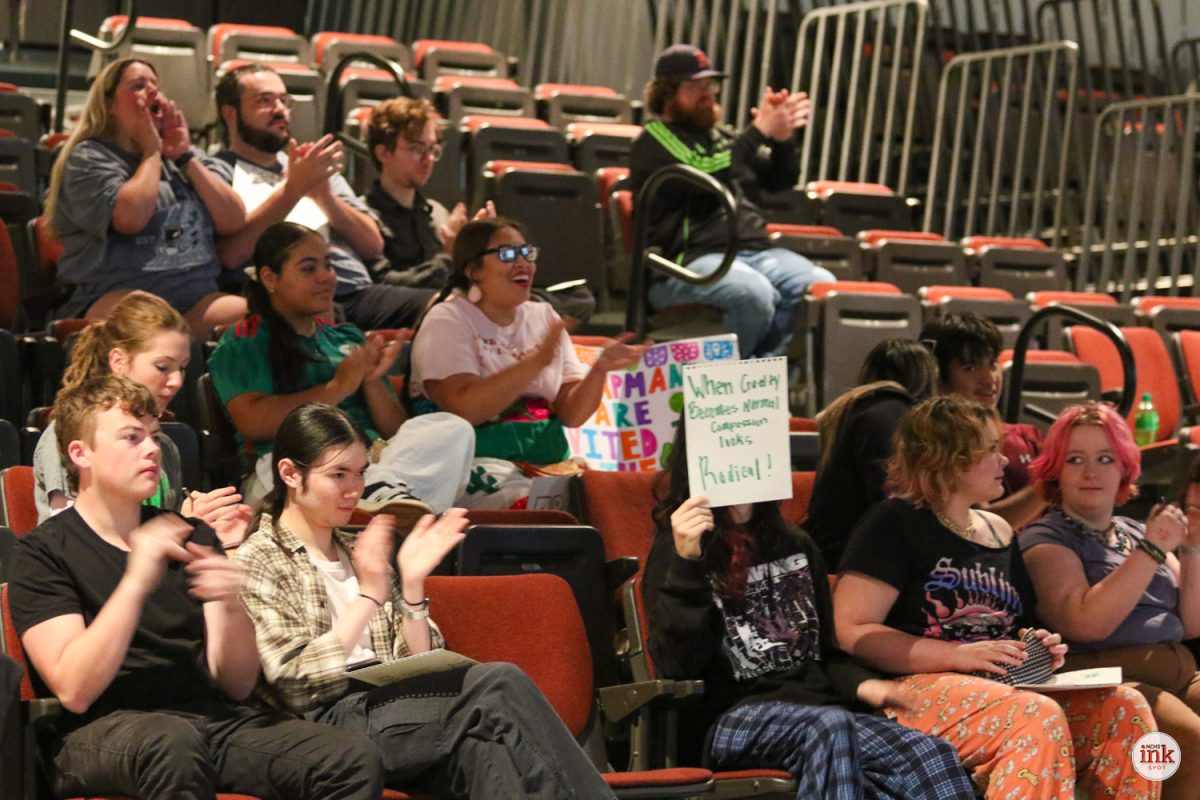

![Community honors longtime coach Mr. Bryan Thomas before Oct. 3 game [photo gallery]](https://nchsinkspot.com/wp-content/uploads/2025/10/Thomas-6-1200x1200.jpg)


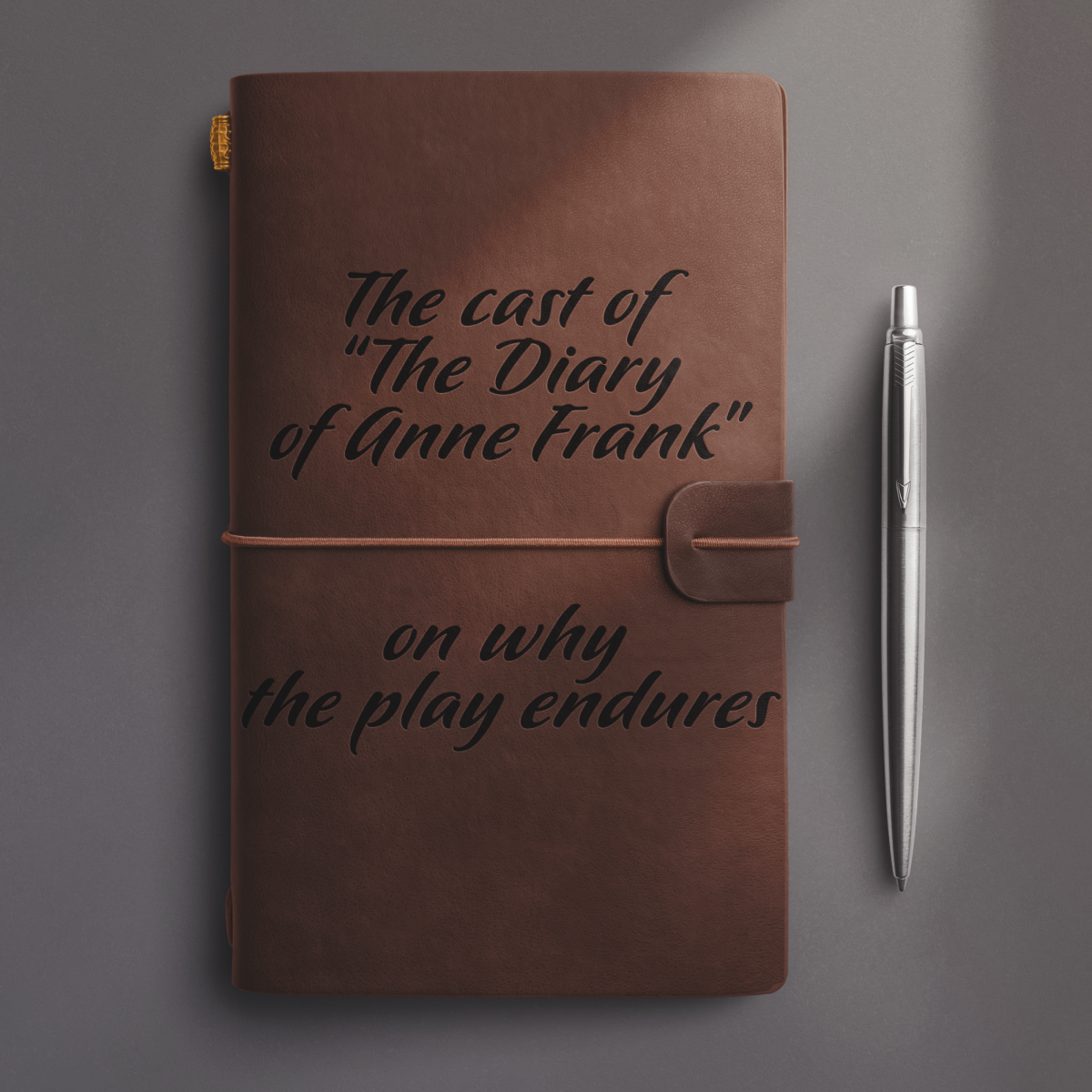

















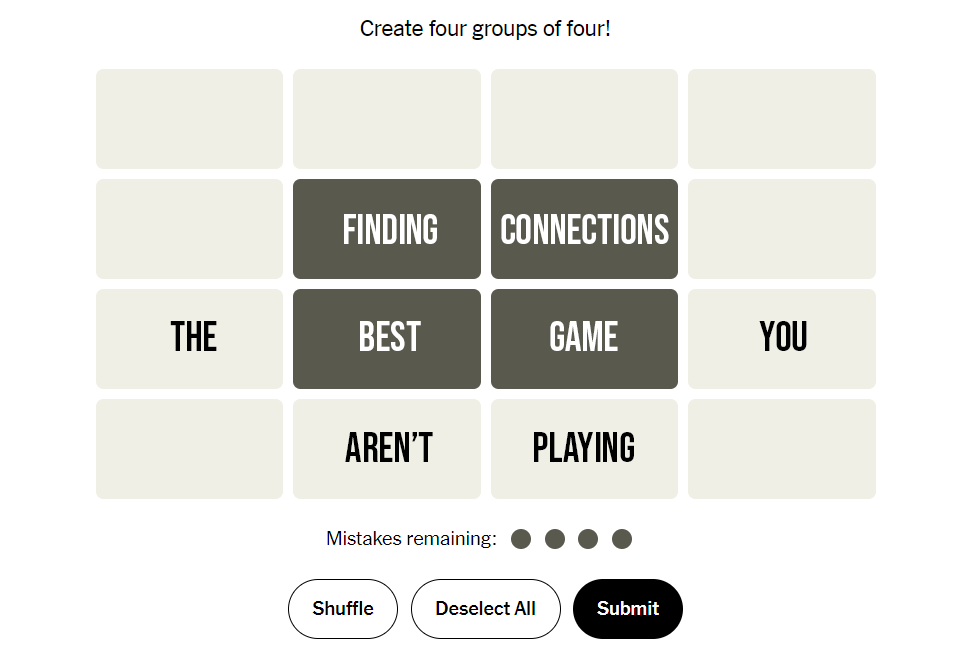

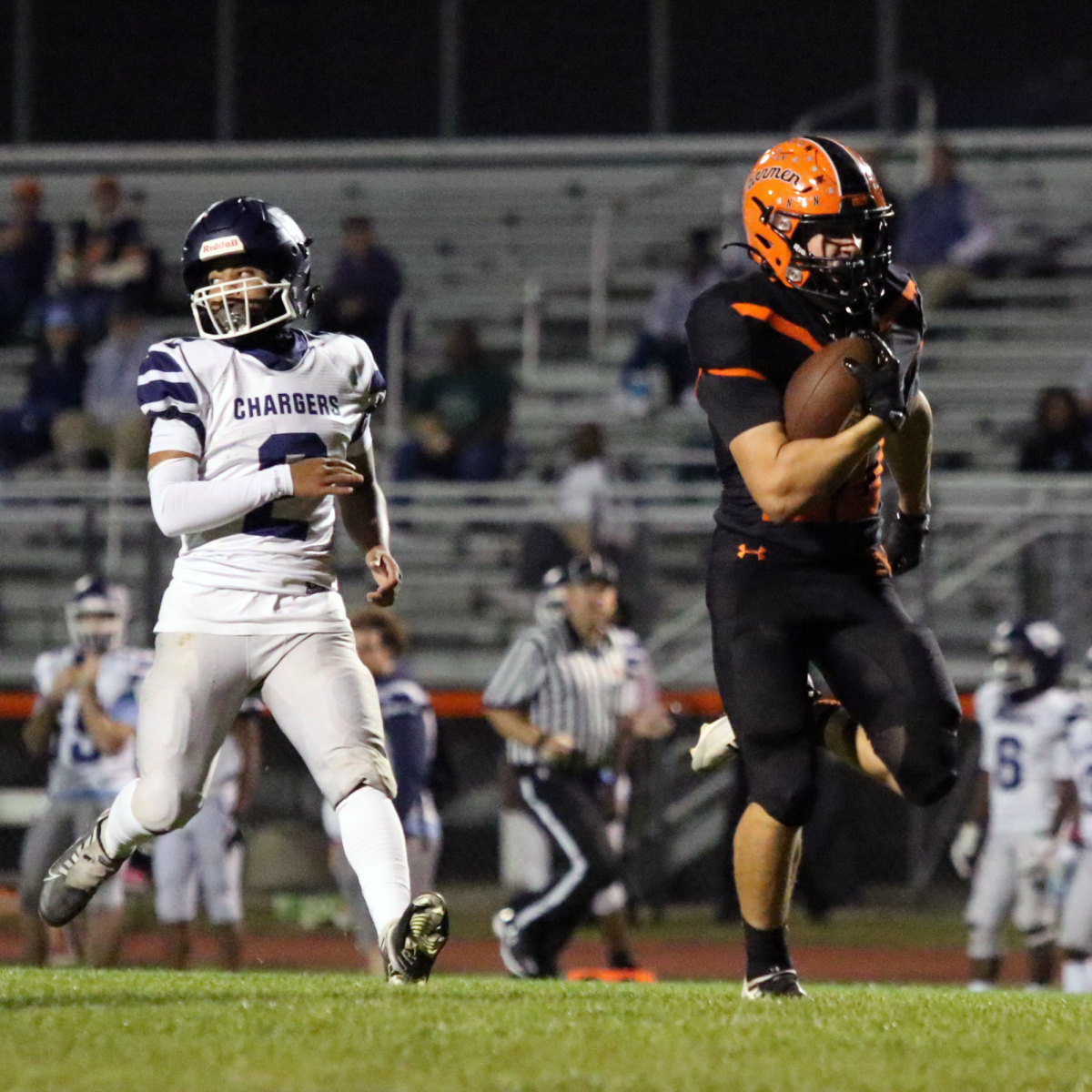
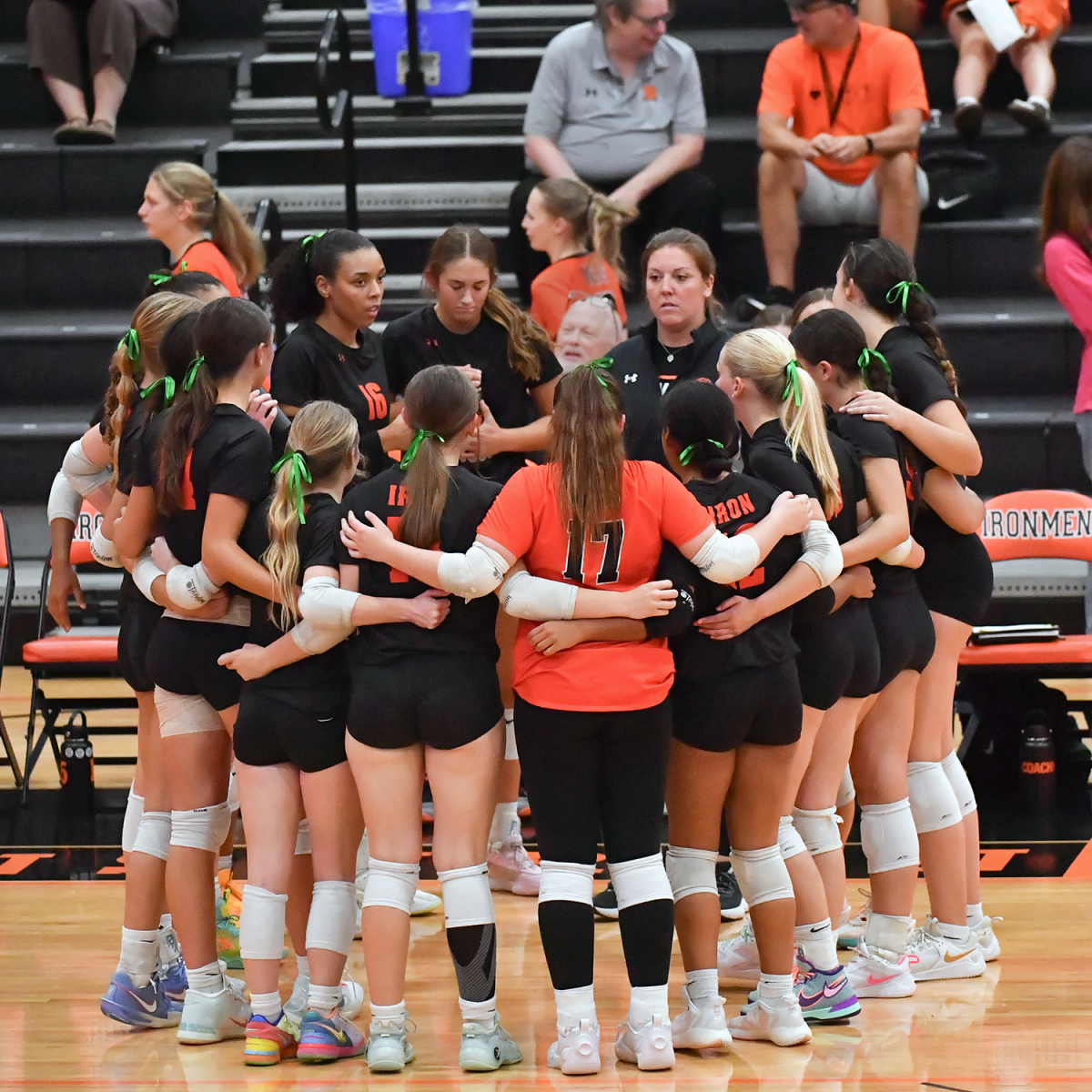

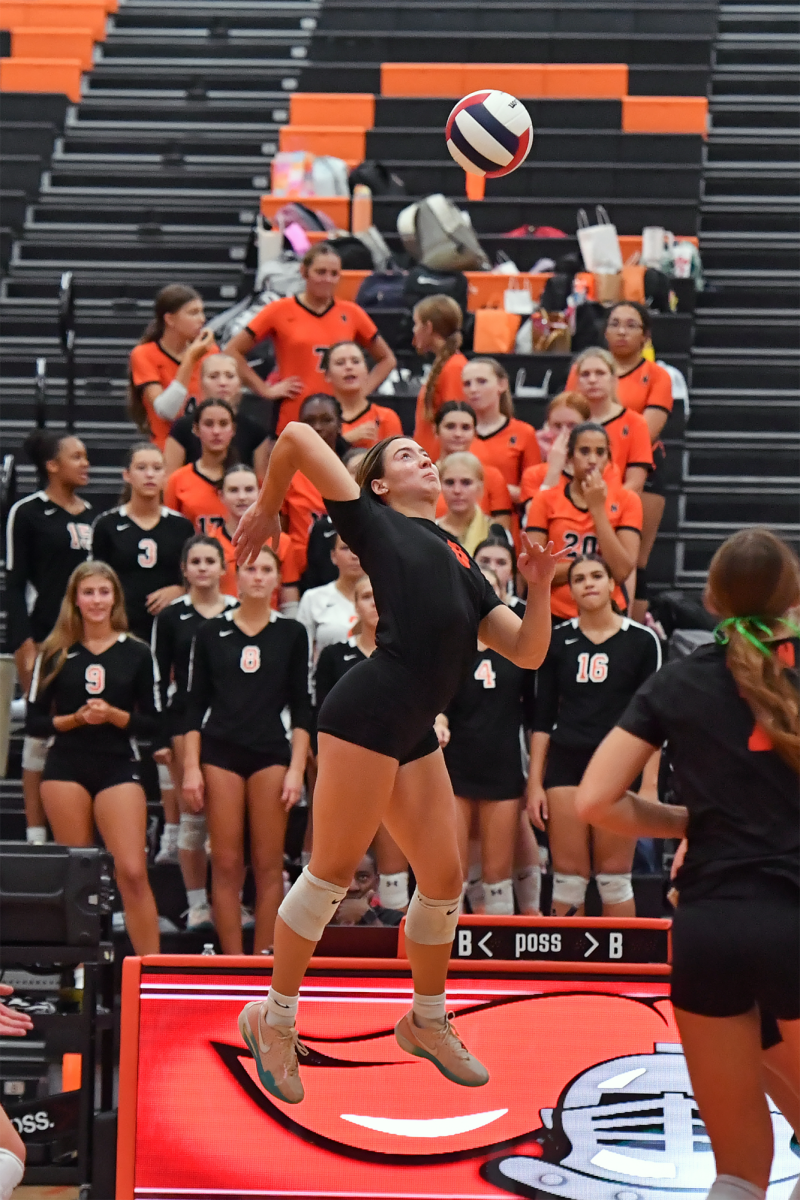
![Ironmen volleball head coach Ms. Christine Konopasek recorded her 400th career victory Oct. 21 as the Ironmen closed their regular season with a 2-0 sweep over Danville.
[Photo Illustration]](https://nchsinkspot.com/wp-content/uploads/2025/10/Vball400Thumb.png)

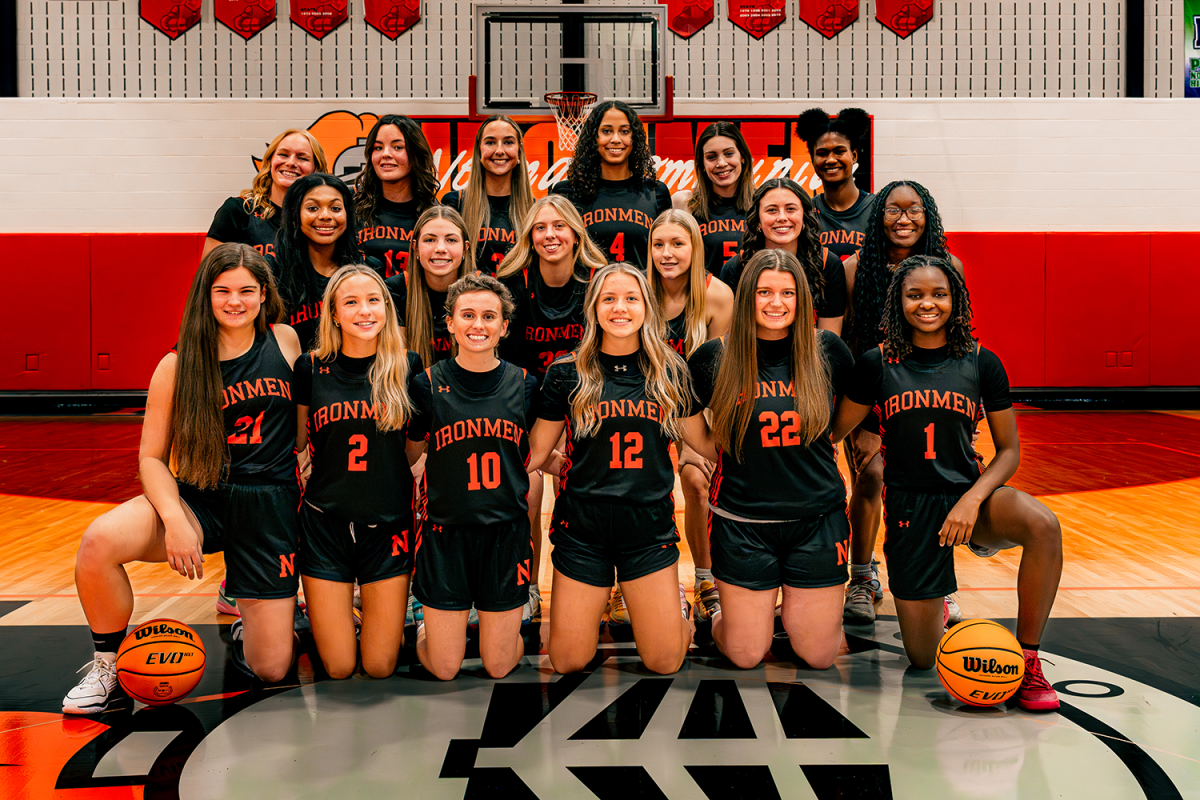





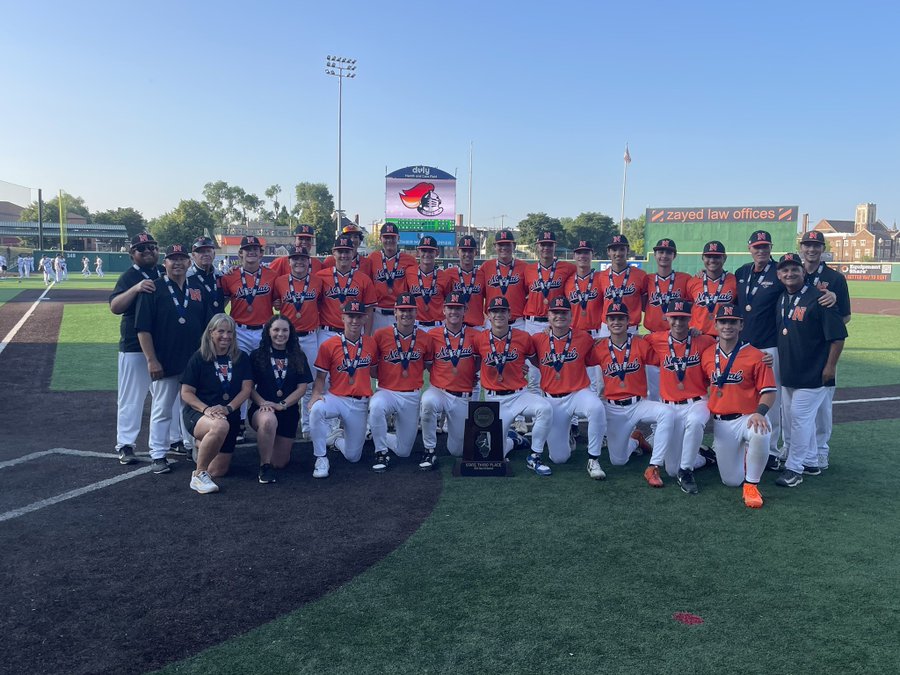



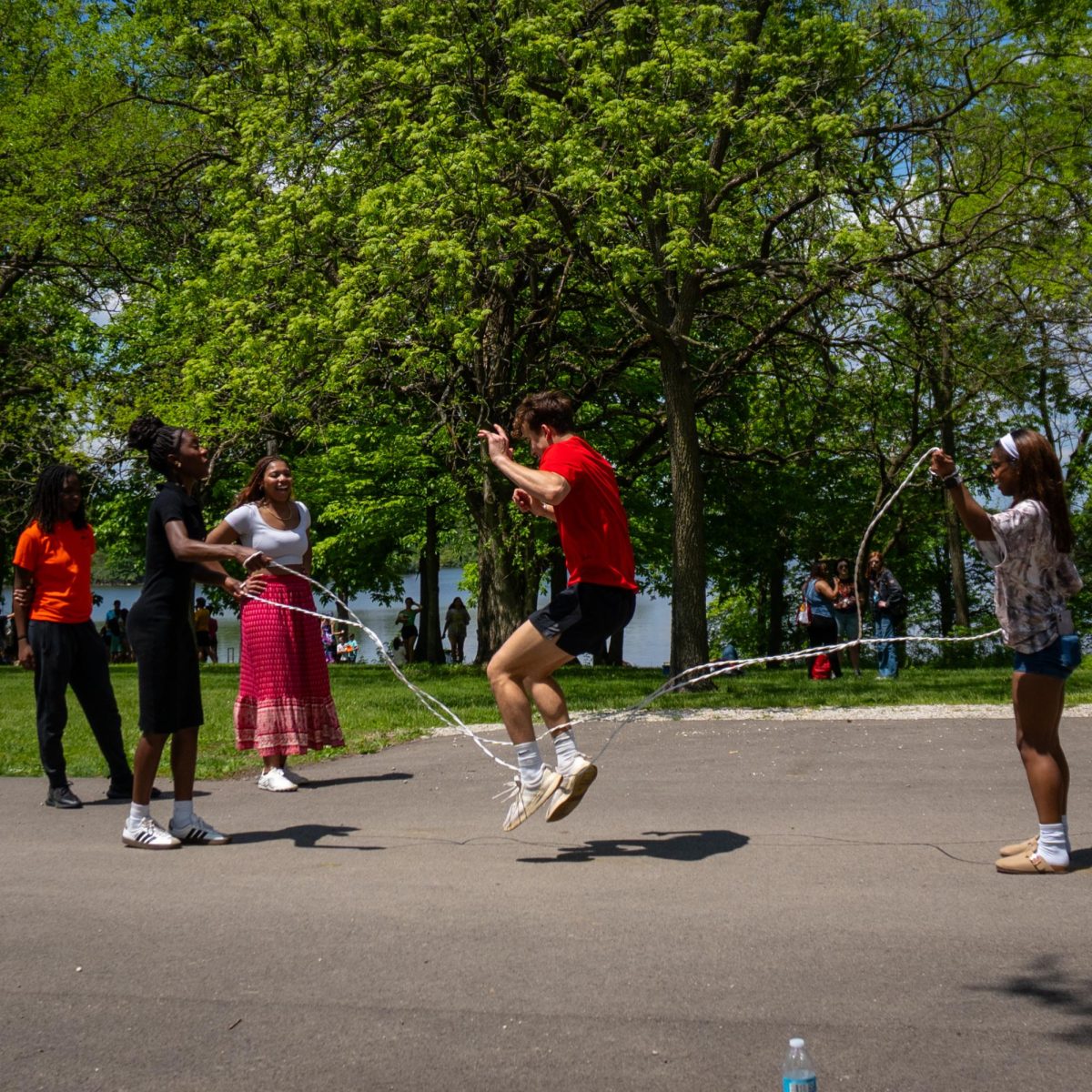
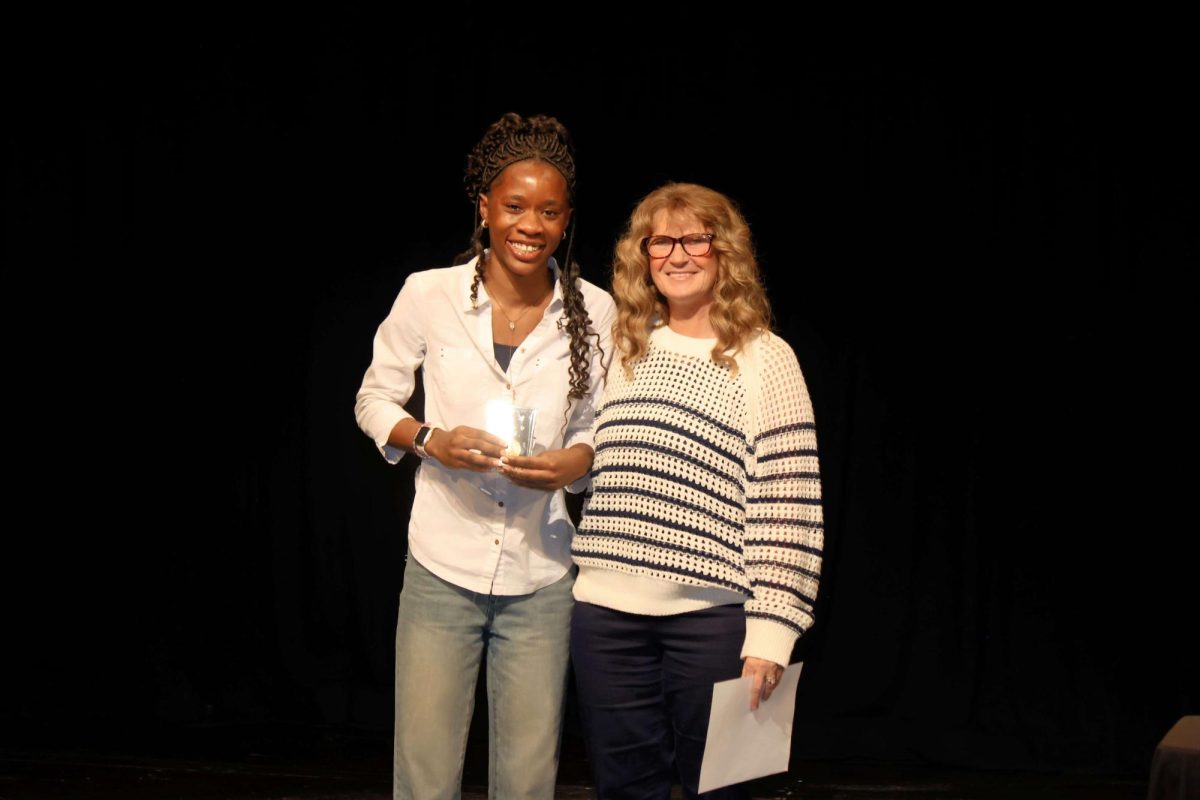

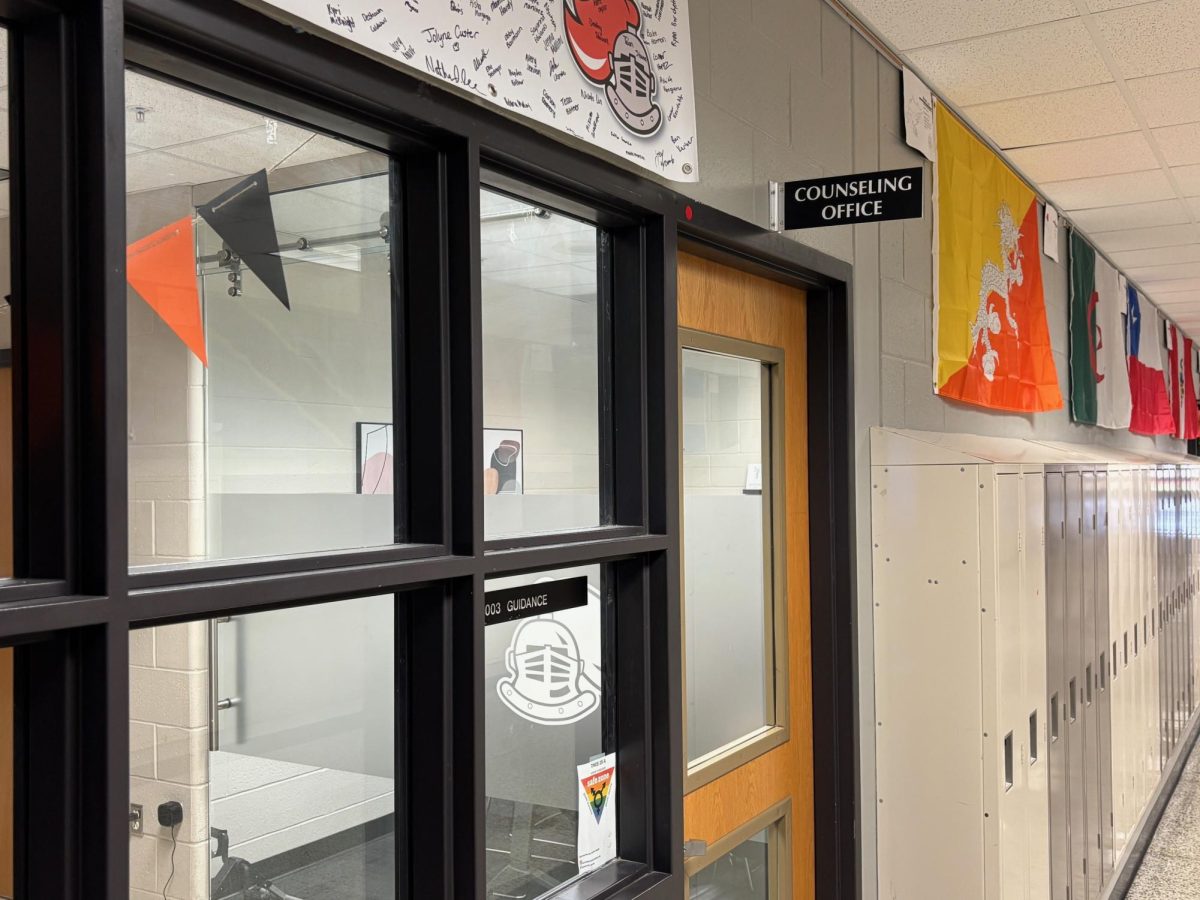

![Halloween candy cross section quiz [quiz]](https://nchsinkspot.com/wp-content/uploads/2022/10/Candy-cover-big-900x675.png)
![Average Jonah? [quiz]](https://nchsinkspot.com/wp-content/uploads/2022/05/average-jonah-900x600.png)


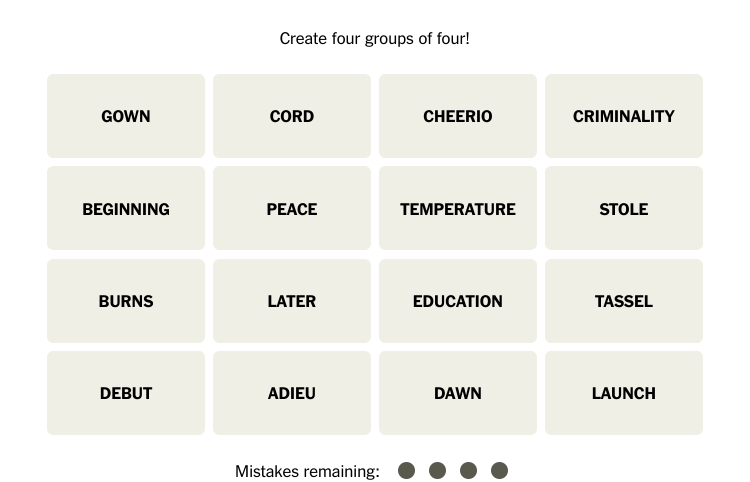
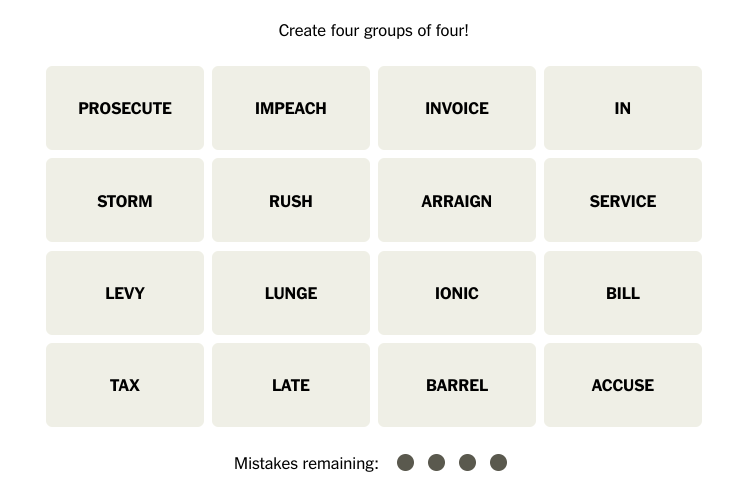
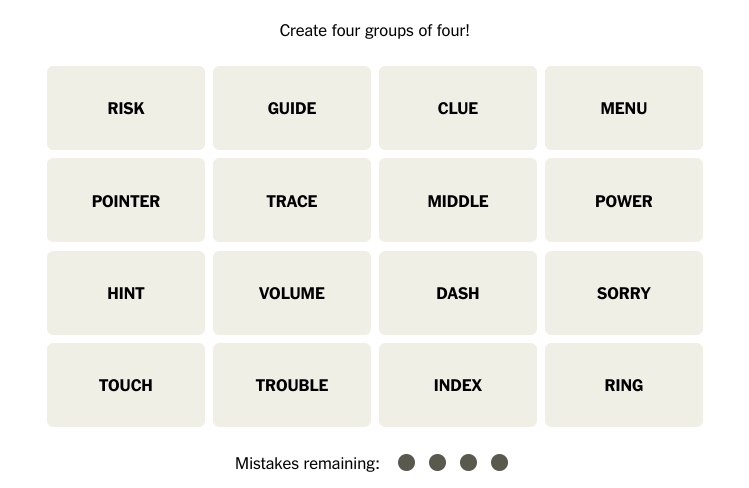
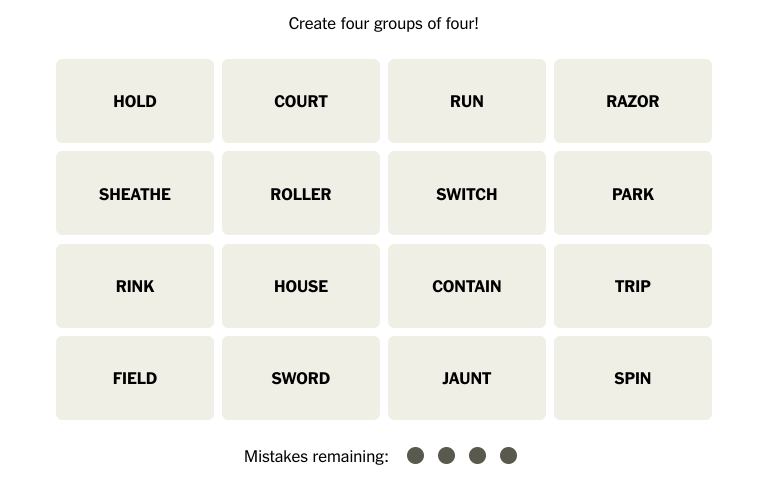

![[Photo Illustration]](https://nchsinkspot.com/wp-content/uploads/2025/09/trigger-words-1.png)










![Week 9: Coach Drengwitz on Week 8’s win, previewing Peoria High [video]](https://nchsinkspot.com/wp-content/uploads/2025/10/W9_PeoriaThumb.png)
![Postgame: Drengwitz on Community’s 56-6 win over Champaign Centennial; staying unbeaten in Big 12 [video]](https://nchsinkspot.com/wp-content/uploads/2025/10/10.17_FBwChampCent56-6_POST_thumb.png)
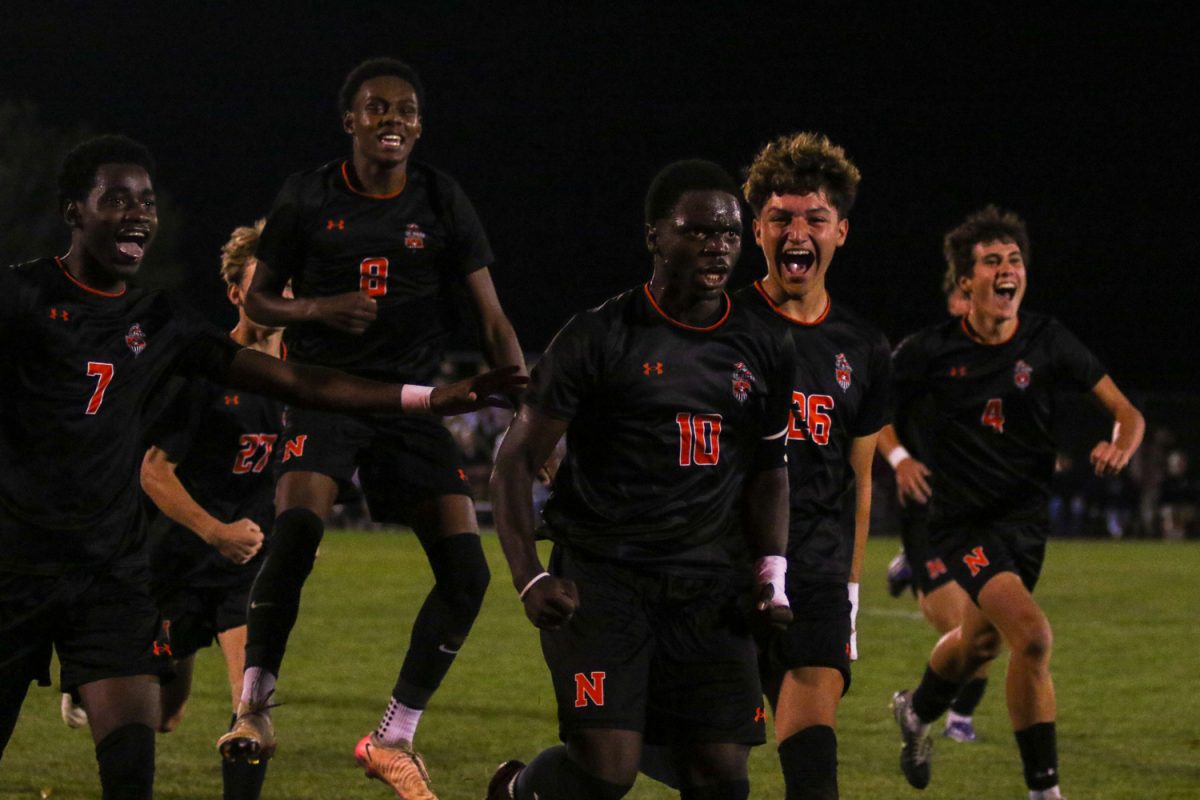






![Week 7: Coach Drengwitz recaps the Ironmen’s win over Bloomington, talks Danville [video]](https://nchsinkspot.com/wp-content/uploads/2025/10/Vikings-feature-Image-1200x675.png)
![On the Spot: This or That – Halloween [video]](https://nchsinkspot.com/wp-content/uploads/2024/10/tot-Halloween-YT-1200x675.png)
![On the Spot: This or That – Fall favorites [video]](https://nchsinkspot.com/wp-content/uploads/2024/10/ots-fall-web-1200x800.png)
![On the Spot – Teachers tested on 2023’s hottest words [video]](https://nchsinkspot.com/wp-content/uploads/2024/01/On-the-Spot-Teachers-tested-1200x675.png)


